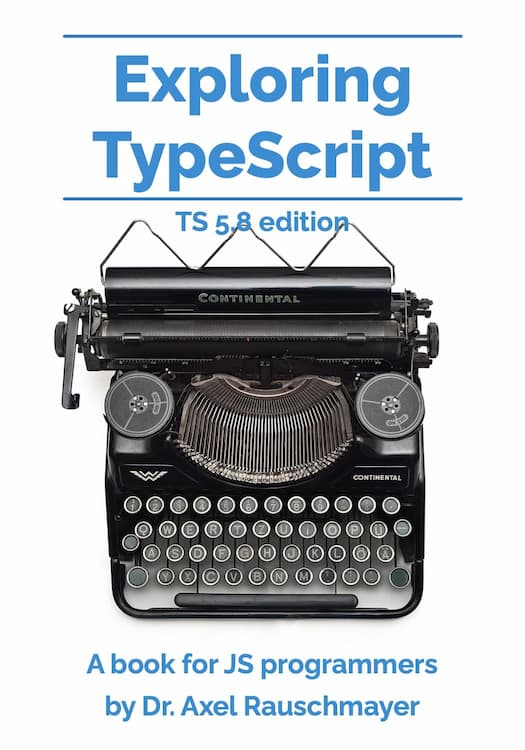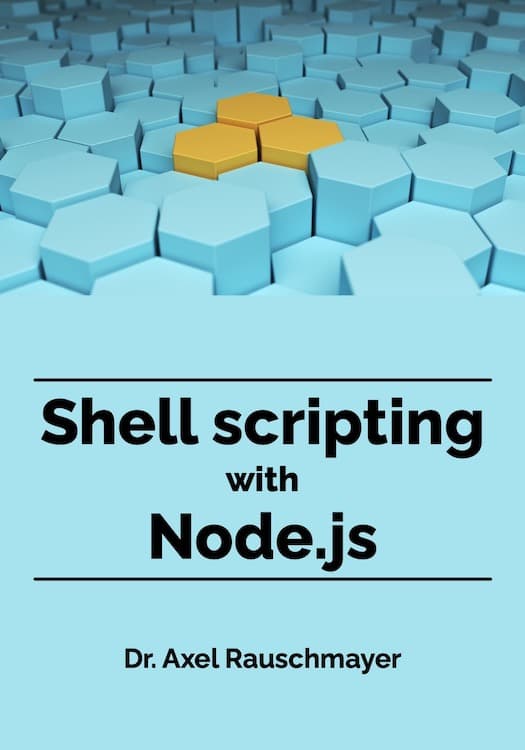2011-11
Myth: JavaScript needs classes
- [2012-03-17] I completely rewrote this post and changed its name (which previously was “JavaScript does not need classes”).
- [2012-07-29] Classes have been accepted for ECMAScript.next.
- [2012-10-03] Since this article has been written, it was decided that ECMAScript will have the special property __proto__ instead of the <| operator.
- [2013-10-21] Instead of the extension operator, ECMAScript.next will have the function Object.assign().
Uncurrying “this” in JavaScript
This post explains applications of uncurrying and currying this in JavaScript. It has been triggered by a tweet of Brendan Eich’s.
2011-10
A quick overview of JavaScript
This post gives an overview of JavaScript that is as short as possible, but explains every major feature. Give the language a chance! You have to learn its quirks, but then it is fun to program in.
Real-world Twitter
JavaScript: Why the hatred for strict mode?
String concatenation in JavaScript
Enums for JavaScript
Printing objects on Node.js
Universal modules (browser, Node.js): imports and universal tests
This post explains how to write modules that are universal – they run on browsers and Node.js. A previous post showed a simple way of doing so, this post presents a more sophisticated solution that also handles modules importing other modules. Additionally, we use the unit test framework Jasmine to write tests for those modules that are equally universal.
Universal unit testing (browser, Node.js) with Jasmine
This post gives a quick introduction to the JavaScript unit test framework Jasmine. It has the advantage of allowing tests to be run both in browsers and on Node.js.





